How to design the TWS earphone antenna?
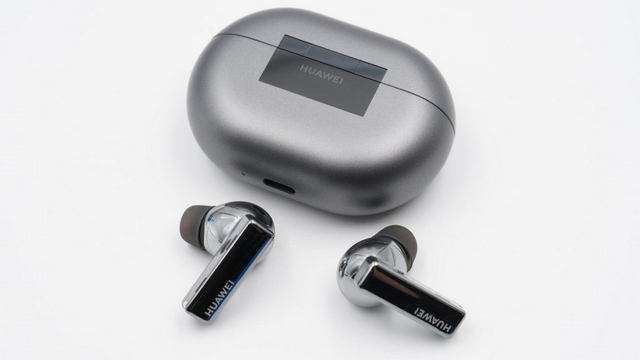
As an important part of the Bluetooth module, the TWS headset Bluetooth antenna also plays an important role in the TWS headset. The design of the Bluetooth antenna and its suitability with the headset help to improve the transmission quality of Bluetooth communication, thereby improving the actual user experience.
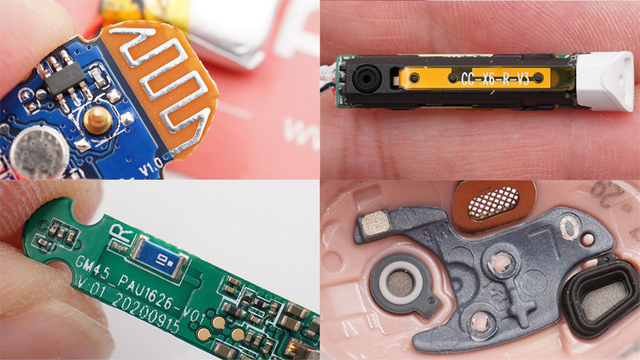
Among the current TWS headsets, the widely used Bluetooth antennas are mainly divided into four types, namely PCB onboard antennas, FPC antennas, ceramic antennas, and LDS antennas. This time, I Love Audio Network will share the role, types, and design choices of the TWS headset Bluetooth antenna from three aspects: the importance of the antenna in the TWS headset, the introduction of the TWS headset Bluetooth antenna, and how to choose the TWS headset design.
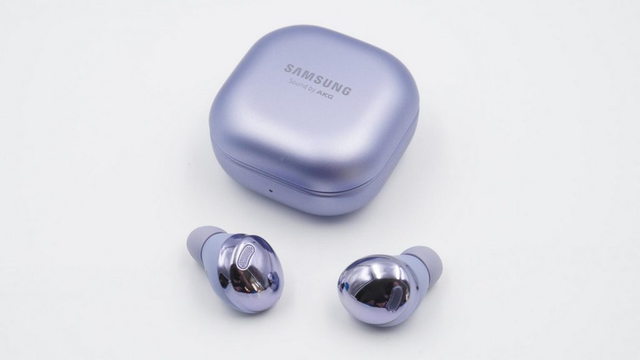
1. The importance of TWS earphone antenna
From old-fashioned radios to current smart speakers, from "big brothers" to smartphones, from traditional Bluetooth headsets to TWS true wireless headsets. In the development of consumer electronics technology, the antenna is an important firmware. With the birth of the concept of the Internet of Everything, the role of the antenna is even more important for smart homes, smart vehicles, and smart wearable devices to be connected to each other and controlled by one machine.

TWS earphones are True Wireless Stereo earphones. The main use method is to connect with mobile devices such as mobile phones and computers through Bluetooth radio frequency and then transmit audio information to the earphones, and then decode and output them on the earphone end.
In this process, the Bluetooth antenna is required to act as a "tower" to communicate between the two parties and perform the tasks of sending and receiving. Therefore, in the TWS headset, the Bluetooth chip and the Bluetooth antenna complement each other, so as to realize wirelessly transmitted music playback and avoid the shackles of wires.
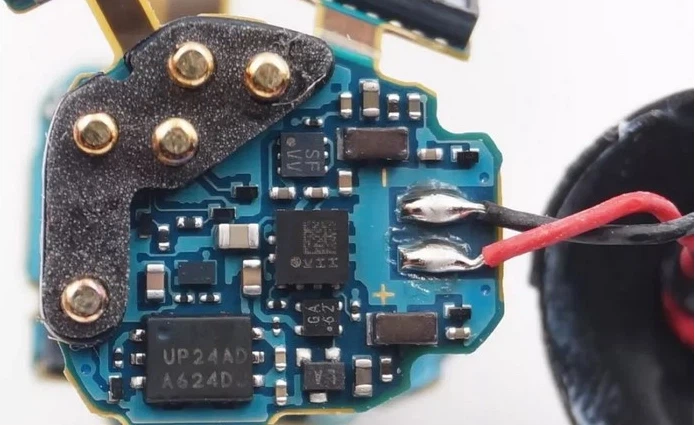
2. Introduction of TWS headset Bluetooth antenna
As an important firmware of the TWS headset, the current development of Bluetooth antenna is relatively mature. There are mainly four types of PCB onboard antenna, FPC, ceramic, and LDS. Consider the appearance of the TWS earphone product, frequency band requirements, and cost to choose the most suitable antenna type.
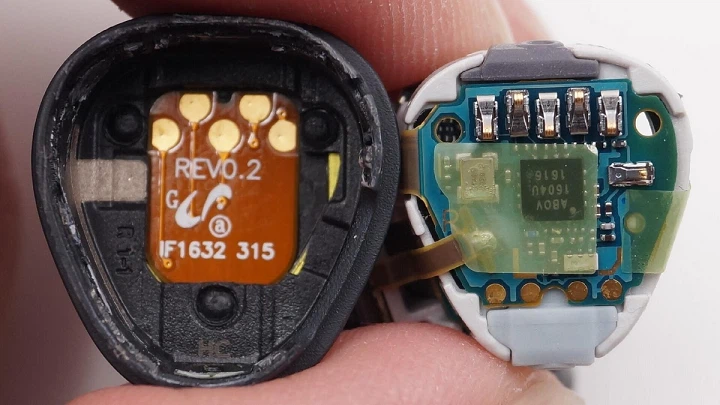
PCB Onboard Antenna
As the name suggests, the PCB onboard antenna is an antenna type that is directly drawn on the PCB board. It is widely used in single-frequency module circuit boards such as Bluetooth modules, WIFI modules, and ZIGBEE modules. In TWS earphones, due to the limitation of volume, the application of the onboard Bluetooth antenna is relatively rare.

PCB onboard antennas can be designed and implemented by suppliers of PCB boards, which are equivalent to the circuit part of the board.
Advantages: The PCB onboard antenna has no need for multiple debugging, and can be directly drawn on the PCB without cost.
Disadvantages: The required area is large, the directivity is relatively single, only suitable for a single frequency band, the consistency of different batches of antennas is relatively poor, and the anti-interference ability is poor.

FPC Antenna

The FPC antenna evolved from the PCB onboard antenna. Due to the volume limitation of the TWS headset, the space on the internal motherboard cannot accommodate the antenna. The FPC antenna is equivalent to taking the antenna circuit out of the PCB and using other external metals to make the antenna a separate component. So that it can be better placed in the internal space of the TWS headset.
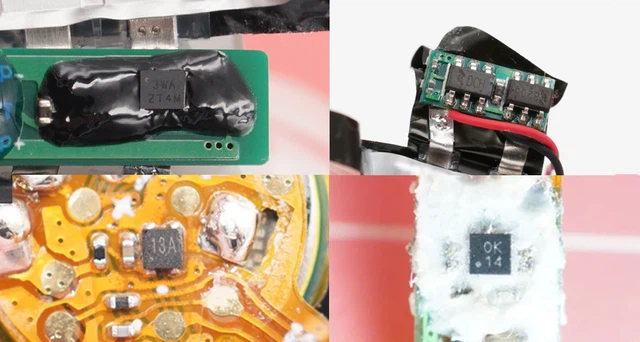
FPC antenna can be realized by PCB board factory of the soft board and flexible material.
Advantages: Applicable to most small electronic products, the frequency bands that can be made are also rich, the performance is better, and the cost is lower.
Disadvantages: Each product needs to be individually debugged and manually patched.
LDS Antenna

The LDS antenna is a further upgrade of the FPC antenna. Although the FPC antenna has been able to use the internal space of the headset to a great extent, it still needs a flat plane to attach it.
The LDS antenna uses laser direct molding technology, which uses laser technology to directly form metal antenna patterns on brackets, cover plates, etc., which can be lasered to irregular surfaces inside the earphones, further utilizing the internal space of the earphones.
Manufacturers of LDS antenna for laser processing, laser technology, and electroplating technology can support it.
Advantages: All directions can be supported and have strong acceptability.
Disadvantages: The cost is more expensive, and there are special requirements for the material of the outer surface of the product.
Ceramic Antenna

The ceramic antenna is another antenna product that is widely used in Bluetooth module devices. It is named after the use of ceramic shells. It is mainly divided into two types: block ceramic antenna and multi-layer ceramic antenna.
The bulk ceramic antenna is to print the metal part of the antenna on the ceramic fast surface, and the multi-layer ceramic antenna can be printed on each ceramic dielectric layer according to the design requirements, thereby reducing the size of the antenna.
Advantages: Small size, easy application, low cost, good performance, and only take up a small space.
Disadvantages: The requirements for the clearance area are relatively high, the directionality is relatively single, and there are requirements for the placement position.
Pogo Pin Antenna
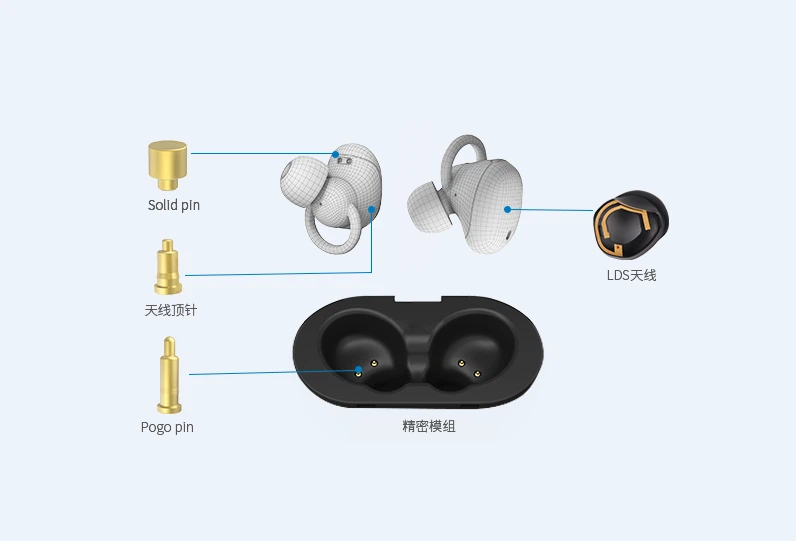
How to choose the right antenna
Theoretically speaking, in terms of cost, PCB and FPC antennas cost less, ceramic antennas are moderate, and LDS antennas are more expensive; and in terms of space utilization, LDS antennas are the most flexible and can make full use of the internal space of the headset.

In terms of performance, the sending and receiving capabilities of external antennas are generally better than those of built-in antennas. TWS headsets are designed with built-in antennas due to volume constraints and portability requirements. The performance is relatively similar, and it is necessary to comprehensively consider a variety of factors to select a suitable antenna.

The design of the Bluetooth antenna of the TWS headset affects the transmission quality of the Bluetooth communication, which in turn affects the actual user experience. The selection of a Bluetooth antenna is affected by many factors such as performance, frequency band, cost, and space for use. Only by considering the specific product conditions and usage scenarios, and choosing a suitable antenna, can the maximum performance of the product be exerted.
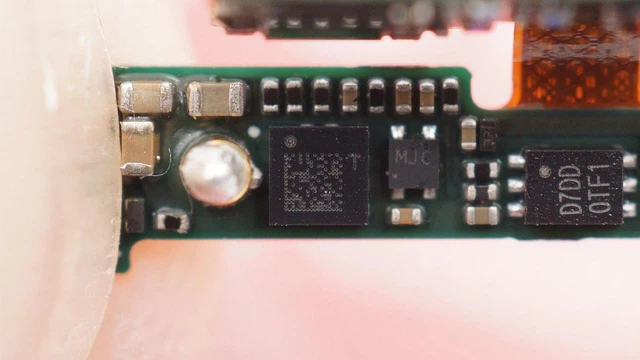
Summarize
The actual user experience of TWS headphones requires the superposition of many factors in order to present a perfect effect. As the main component of the TWS headset Bluetooth antenna, it acts as a bridge to communicate between the TWS headset and mobile devices and provides guarantees for the stability of the Bluetooth connection of the TWS headset and the quality of sound quality transmission.
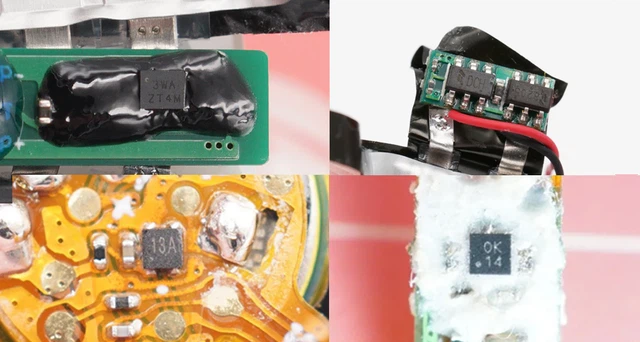
At present, the main Bluetooth antenna products used in TWS headsets on the market mainly include PCB onboard antennas, FPC antennas, ceramic antennas, and LDS antennas. Each of the four products has advantages and disadvantages and needs to be considered in terms of performance, frequency band, cost, usage space, etc., so as to choose the most suitable antenna product and improve the performance and competitiveness of the product.
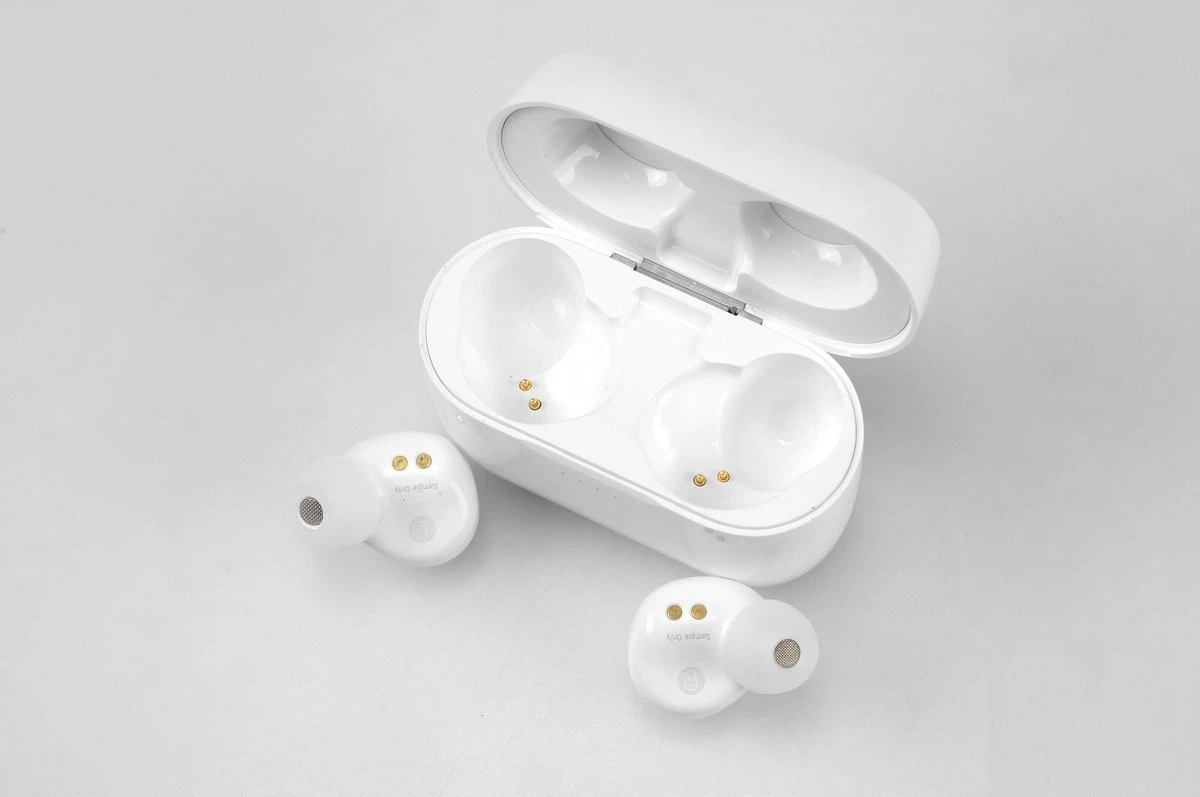
The popularity of TWS earphones has quickly driven the upgrade of related industry chains. Advances in Bluetooth modules, Bluetooth technology, antennas, and related technologies ensure connection stability, sound quality, and other aspects of performance. The current TWS earphones have rarely experienced disconnection in the early stage of development, and the sound quality has been damaged and the intermittent playback problems have begun to occur at a distance of three or five meters, which has effectively improved the user's actual user experience.